Cover
Title Page
Copyright and Credits
Contributors
Table of Contents
Preface
Chapter 1: Introduction to Hadoop
Hadoop Distributed File System
High availability
Intra-DataNode balancer
Erasure coding
Port numbers
MapReduce framework
Task-level native optimization
YARN
Opportunistic containers
Types of container execution
YARN timeline service v.2
Enhancing scalability and reliability
Usability improvements
Architecture
Other changes
Minimum required Java version
Shell script rewrite
Shaded-client JARs
Installing Hadoop 3
Prerequisites
Downloading
Installation
Setup password-less ssh
Setting up the NameNode
Starting HDFS
Setting up the YARN service
Erasure Coding
Intra-DataNode balancer
Installing YARN timeline service v.2
Setting up the HBase cluster
Simple deployment for HBase
Enabling the co-processor
Enabling timeline service v.2
Running timeline service v.2
Enabling MapReduce to write to timeline service v.2
Summary
Chapter 2: Overview of Big Data Analytics
Introduction to data analytics
Inside the data analytics process
Introduction to big data
Variety of data
Velocity of data
Volume of data
Veracity of data
Variability of data
Visualization
Value
Distributed computing using Apache Hadoop
The MapReduce framework
Hive
Downloading and extracting the Hive binaries
Installing Derby
Using Hive
Creating a database
Creating a table
SELECT statement syntax
WHERE clauses
INSERT statement syntax
Primitive types
Complex types
Built-in operators and functions
Built-in operators
Built-in functions
Language capabilities
A cheat sheet on retrieving information
Apache Spark
Visualization using Tableau
Summary
Chapter 3: Big Data Processing with MapReduce
The MapReduce framework
Dataset
Record reader
Map
Combiner
Partitioner
Shuffle and sort
Reduce
Output format
MapReduce job types
Single mapper job
Single mapper reducer job
Multiple mappers reducer job
SingleMapperCombinerReducer job
Scenario
MapReduce patterns
Aggregation patterns
Average temperature by city
Record count
Min/max/count
Average/median/standard deviation
Filtering patterns
Join patterns
Inner join
Left anti join
Left outer join
Right outer join
Full outer join
Left semi join
Cross join
Summary
Chapter 4: Scientific Computing and Big Data Analysis with Python and Hadoop
Installation
Installing standard Python
Installing Anaconda
Using Conda
Data analysis
Summary
Chapter 5: Statistical Big Data Computing with R and Hadoop
Introduction
Install R on workstations and connect to the data in Hadoop
Install R on a shared server and connect to Hadoop
Utilize Revolution R Open
Execute R inside of MapReduce using RMR2
Summary and outlook for pure open source options
Methods of integrating R and Hadoop
RHADOOP – install R on workstations and connect to data in Hadoop
RHIPE – execute R inside Hadoop MapReduce
R and Hadoop Streaming
RHIVE – install R on workstations and connect to data in Hadoop
ORCH – Oracle connector for Hadoop
Data analytics
Summary
Chapter 6: Batch Analytics with Apache Spark
SparkSQL and DataFrames
DataFrame APIs and the SQL API
Pivots
Filters
User-defined functions
Schema – structure of data
Implicit schema
Explicit schema
Encoders
Loading datasets
Saving datasets
Aggregations
Aggregate functions
count
first
last
approx_count_distinct
min
max
avg
sum
kurtosis
skewness
Variance
Standard deviation
Covariance
groupBy
Rollup
Cube
Window functions
ntiles
Joins
Inner workings of join
Shuffle join
Broadcast join
Join types
Inner join
Left outer join
Right outer join
Outer join
Left anti join
Left semi join
Cross join
Performance implications of join
Summary
Chapter 7: Real-Time Analytics with Apache Spark
Streaming
At-least-once processing
At-most-once processing
Exactly-once processing
Spark Streaming
StreamingContext
Creating StreamingContext
Starting StreamingContext
Stopping StreamingContext
Input streams
receiverStream
socketTextStream
rawSocketStream
fileStream
textFileStream
binaryRecordsStream
queueStream
textFileStream example
twitterStream example
Discretized Streams
Transformations
Windows operations
Stateful/stateless transformations
Stateless transformations
Stateful transformations
Checkpointing
Metadata checkpointing
Data checkpointing
Driver failure recovery
Interoperability with streaming platforms (Apache Kafka)
Receiver-based
Direct Stream
Structured Streaming
Getting deeper into Structured Streaming
Handling event time and late date
Fault-tolerance semantics
Summary
Chapter 8: Batch Analytics with Apache Flink
Introduction to Apache Flink
Continuous processing for unbounded datasets
Flink, the streaming model, and bounded datasets
Installing Flink
Downloading Flink
Installing Flink
Starting a local Flink cluster
Using the Flink cluster UI
Batch analytics
Reading file
File-based
Collection-based
Generic
Transformations
GroupBy
Aggregation
Joins
Inner join
Left outer join
Right outer join
Full outer join
Writing to a file
Summary
Chapter 9: Stream Processing with Apache Flink
Introduction to streaming execution model
Data processing using the DataStream API
Execution environment
Data sources
Socket-based
File-based
Transformations
map
flatMap
filter
keyBy
reduce
fold
Aggregations
window
Global windows
Tumbling windows
Sliding windows
Session windows
windowAll
union
Window join
split
Select
Project
Physical partitioning
Custom partitioning
Random partitioning
Rebalancing partitioning
Rescaling
Broadcasting
Event time and watermarks
Connectors
Kafka connector
Twitter connector
RabbitMQ connector
Elasticsearch connector
Cassandra connector
Summary
Chapter 10: Visualizing Big Data
Introduction
Tableau
Chart types
Line charts
Pie chart
Bar chart
Heat map
Using Python to visualize data
Using R to visualize data
Big data visualization tools
Summary
Chapter 11: Introduction to Cloud Computing
Concepts and terminology
Cloud
IT resource
On-premise
Cloud consumers and Cloud providers
Scaling
Types of scaling
Horizontal scaling
Vertical scaling
Cloud service
Cloud service consumer
Goals and benefits
Increased scalability
Increased availability and reliability
Risks and challenges
Increased security vulnerabilities
Reduced operational governance control
Limited portability between Cloud providers
Roles and boundaries
Cloud provider
Cloud consumer
Cloud service owner
Cloud resource administrator
Additional roles
Organizational boundary
Trust boundary
Cloud characteristics
On-demand usage
Ubiquitous access
Multi-tenancy (and resource pooling)
Elasticity
Measured usage
Resiliency
Cloud delivery models
Infrastructure as a Service
Platform as a Service
Software as a Service
Combining Cloud delivery models
IaaS + PaaS
IaaS + PaaS + SaaS
Cloud deployment models
Public Clouds
Community Clouds
Private Clouds
Hybrid Clouds
Summary
Chapter 12: Using Amazon Web Services
Amazon Elastic Compute Cloud
Elastic web-scale computing
Complete control of operations
Flexible Cloud hosting services
Integration
High reliability
Security
Inexpensive
Easy to start
Instances and Amazon Machine Images
Launching multiple instances of an AMI
Instances
AMIs
Regions and availability zones
Region and availability zone concepts
Regions
Availability zones
Available regions
Regions and endpoints
Instance types
Tag basics
Amazon EC2 key pairs
Amazon EC2 security groups for Linux instances
Elastic IP addresses
Amazon EC2 and Amazon Virtual Private Cloud
Amazon Elastic Block Store
Amazon EC2 instance store
What is AWS Lambda?
When should I use AWS Lambda?
Introduction to Amazon S3
Getting started with Amazon S3
Comprehensive security and compliance capabilities
Query in place
Flexible management
Most supported platform with the largest ecosystem
Easy and flexible data transfer
Backup and recovery
Data archiving
Data lakes and big data analytics
Hybrid Cloud storage
Cloud-native application data
Disaster recovery
Amazon DynamoDB
Amazon Kinesis Data Streams
What can I do with Kinesis Data Streams?
Accelerated log and data feed intake and processing
Real-time metrics and reporting
Real-time data analytics
Complex stream processing
Benefits of using Kinesis Data Streams
AWS Glue
When should I use AWS Glue?
Amazon EMR
Practical AWS EMR cluster
Summary
Index
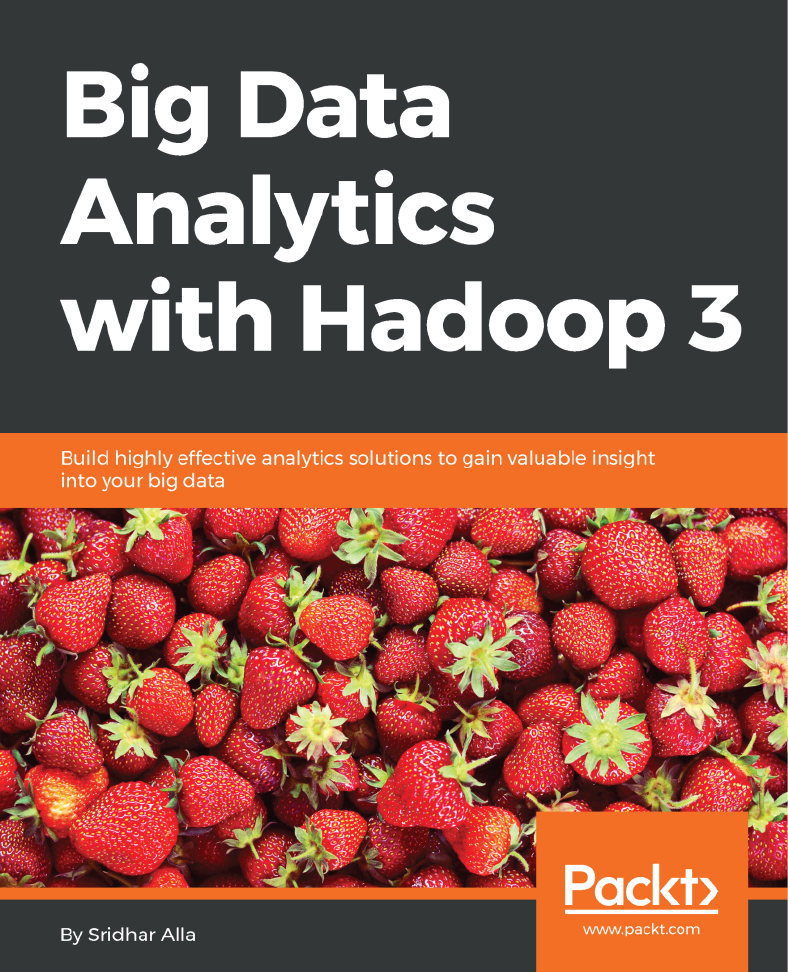
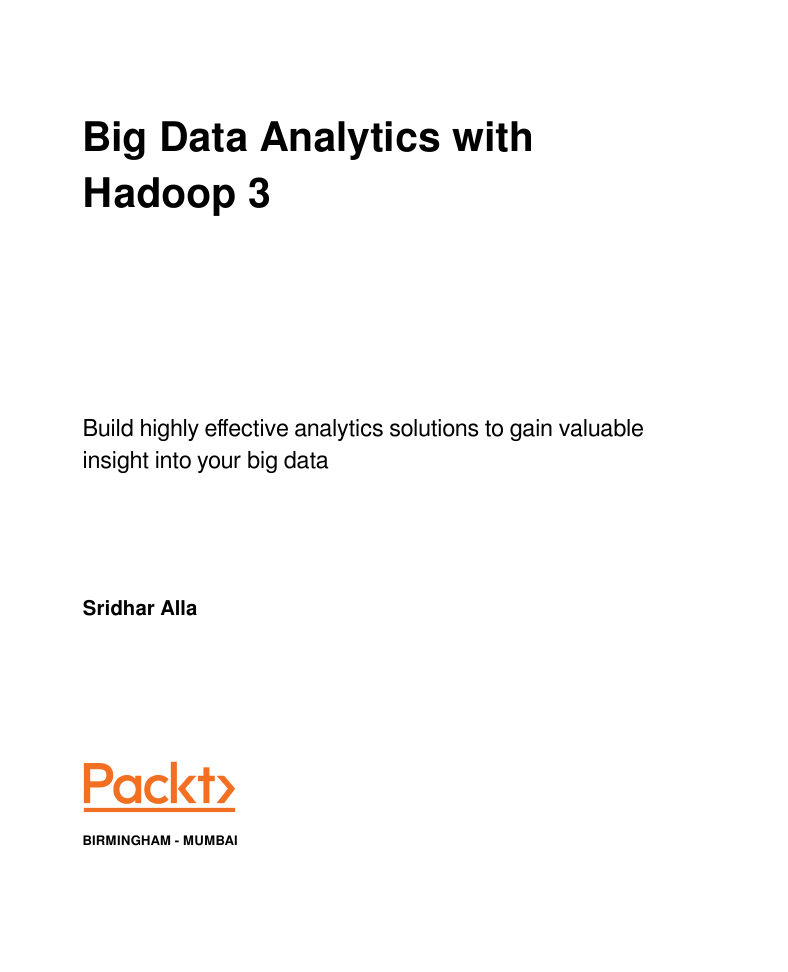

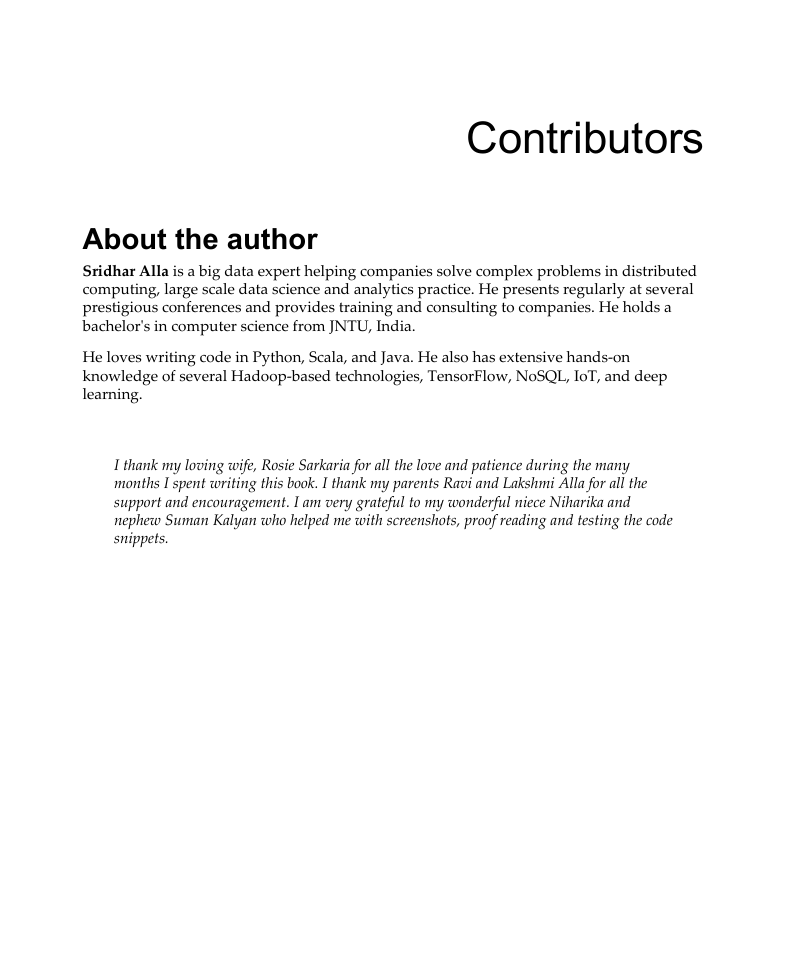
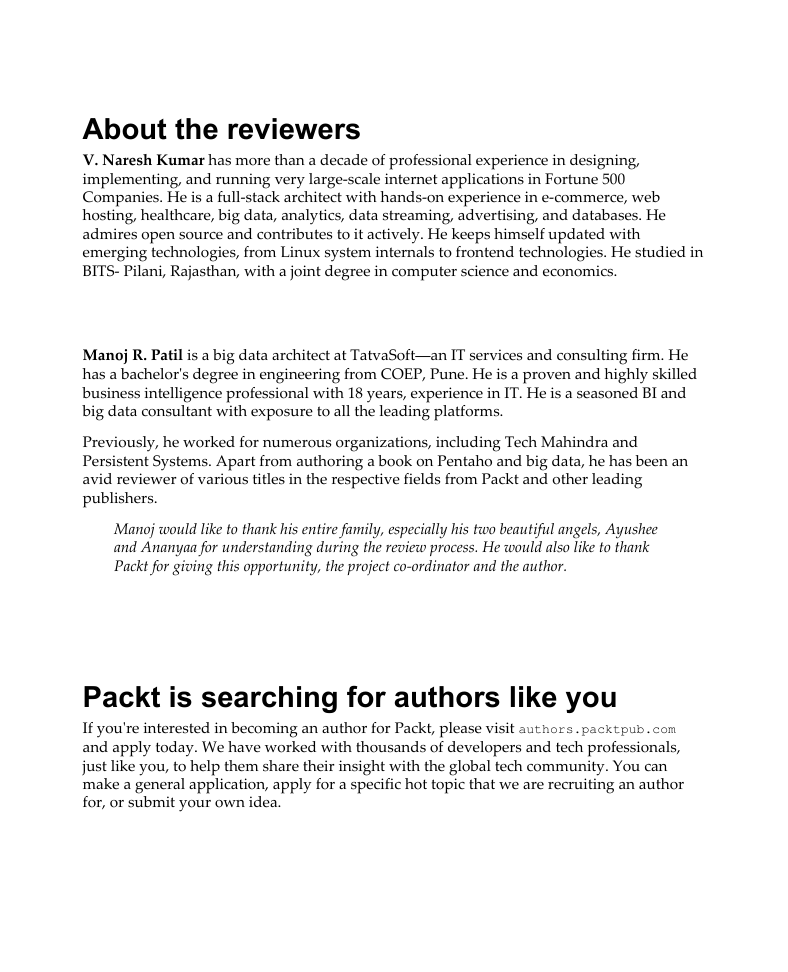
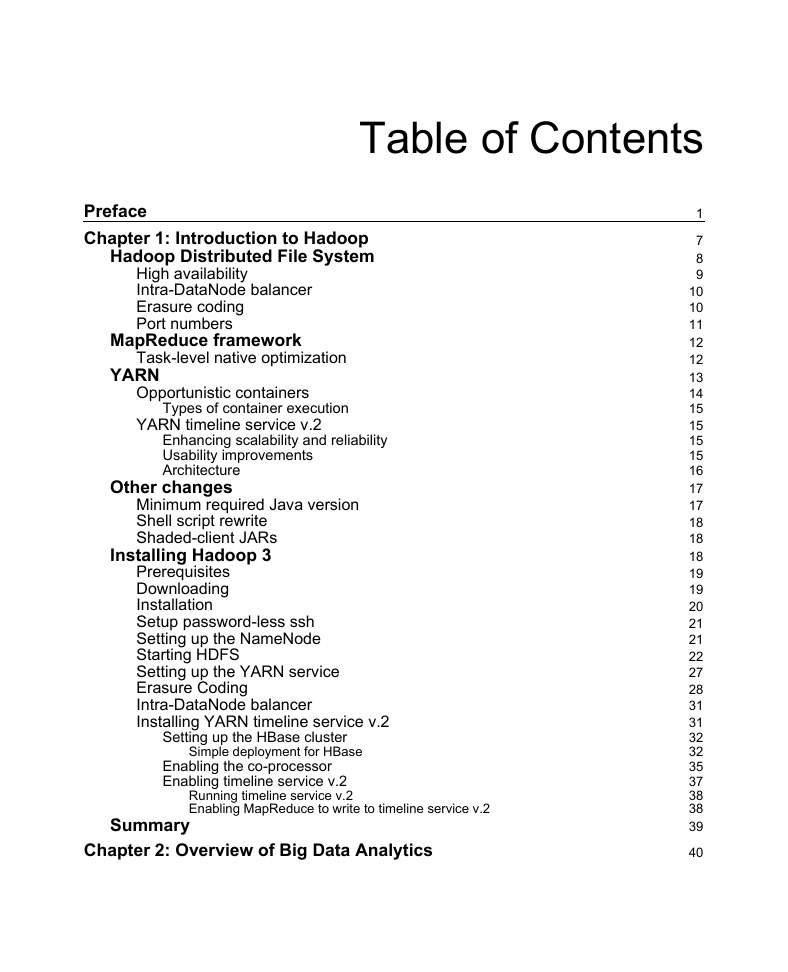










 2023年江西萍乡中考道德与法治真题及答案.doc
2023年江西萍乡中考道德与法治真题及答案.doc 2012年重庆南川中考生物真题及答案.doc
2012年重庆南川中考生物真题及答案.doc 2013年江西师范大学地理学综合及文艺理论基础考研真题.doc
2013年江西师范大学地理学综合及文艺理论基础考研真题.doc 2020年四川甘孜小升初语文真题及答案I卷.doc
2020年四川甘孜小升初语文真题及答案I卷.doc 2020年注册岩土工程师专业基础考试真题及答案.doc
2020年注册岩土工程师专业基础考试真题及答案.doc 2023-2024学年福建省厦门市九年级上学期数学月考试题及答案.doc
2023-2024学年福建省厦门市九年级上学期数学月考试题及答案.doc 2021-2022学年辽宁省沈阳市大东区九年级上学期语文期末试题及答案.doc
2021-2022学年辽宁省沈阳市大东区九年级上学期语文期末试题及答案.doc 2022-2023学年北京东城区初三第一学期物理期末试卷及答案.doc
2022-2023学年北京东城区初三第一学期物理期末试卷及答案.doc 2018上半年江西教师资格初中地理学科知识与教学能力真题及答案.doc
2018上半年江西教师资格初中地理学科知识与教学能力真题及答案.doc 2012年河北国家公务员申论考试真题及答案-省级.doc
2012年河北国家公务员申论考试真题及答案-省级.doc 2020-2021学年江苏省扬州市江都区邵樊片九年级上学期数学第一次质量检测试题及答案.doc
2020-2021学年江苏省扬州市江都区邵樊片九年级上学期数学第一次质量检测试题及答案.doc 2022下半年黑龙江教师资格证中学综合素质真题及答案.doc
2022下半年黑龙江教师资格证中学综合素质真题及答案.doc